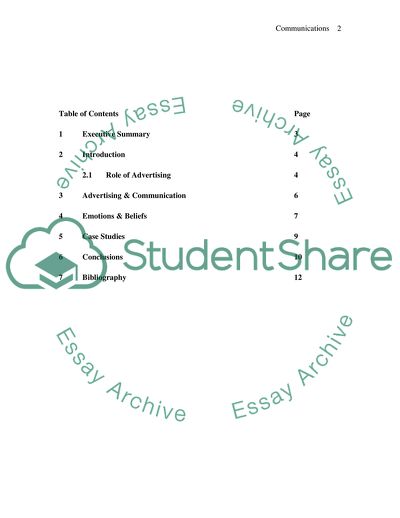Cite this document
(Marketing of a Product Communication Term Paper, n.d.)
Marketing of a Product Communication Term Paper. Retrieved from https://studentshare.org/marketing/1708496-international-marketing-communication
Marketing of a Product Communication Term Paper. Retrieved from https://studentshare.org/marketing/1708496-international-marketing-communication
(Marketing of a Product Communication Term Paper)
Marketing of a Product Communication Term Paper. https://studentshare.org/marketing/1708496-international-marketing-communication.
Marketing of a Product Communication Term Paper. https://studentshare.org/marketing/1708496-international-marketing-communication.
“Marketing of a Product Communication Term Paper”. https://studentshare.org/marketing/1708496-international-marketing-communication.


